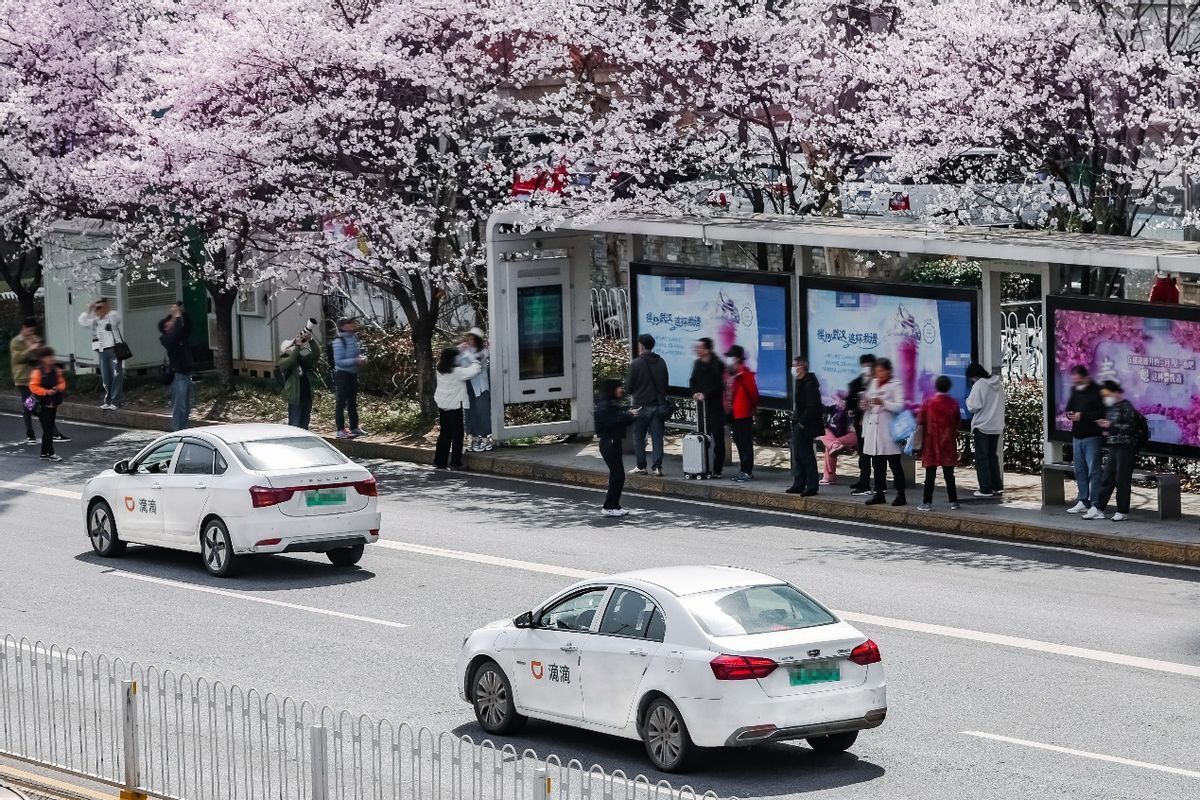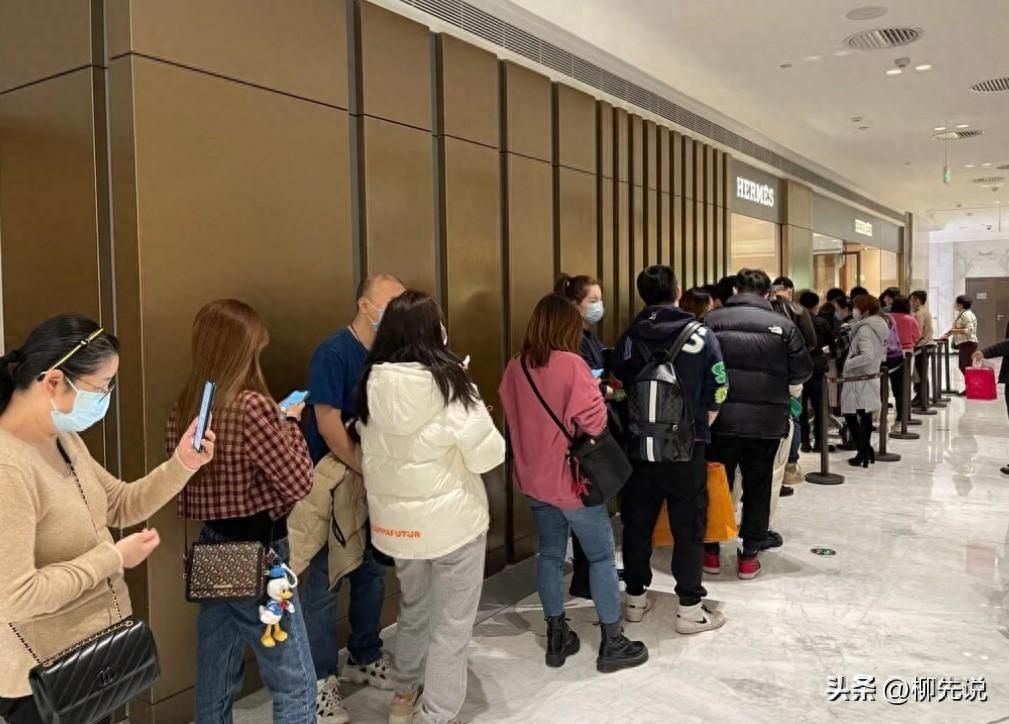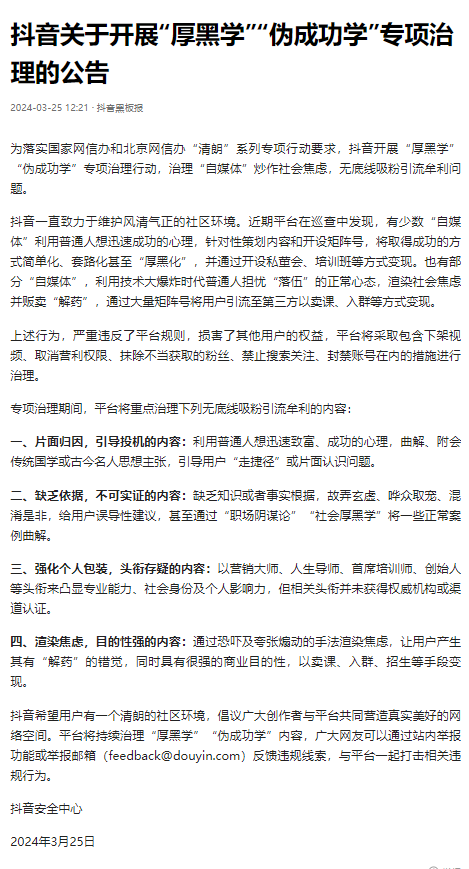Where is the self-developed Vela system of Xiaomi Pengpai OS sacred? What is the difference compared to the Hongmeng system
1. Vela systemIn fact, Xiaomi's self-developed Vela system is not mysterious
1. Vela system

In fact, Xiaomi's self-developed Vela system is not mysterious. It is an IoT software platform launched by Xiaomi in November 2020, based on the open-source real-time operating system NuttX. So what is this NuttX system?
The time can still be traced back to 2007, when a software giant named GregoryNutt spent three years building the successful open source core of the NuttX operating system. In 2011, he returnedEstablished NX Engineering to provide customized engineering services related to NuttX.
However, by 2019, this tycoon was already 69 years old, and continuing to maintain this open source project alone was not a solution. Coincidentally, this year, Xiaomi next door decided to develop their own IoT system for the release of the Hongmeng system.

The one in the middle C is GregoryNutt
Due to Xiaomi's development of IoT products based on the NuttX system in 2017, they directly approached Mr. Nutt to discuss cooperation. However, due to the fact that the old man was injured by Samsung in 2016, it took some effort.
At that time, Samsung also mentioned cooperation, but as a result, the code was used as the kernel of the TizenRT operating system, and there was no further explanation. That is to say, Samsung only takes the ready-made, and the work of maintaining the open source community is still left to Mr. Nutt.
Finally, driven by Xiaomi, the old man agreed to donate NuttX to the Apache Software Foundation for internal incubation. Xiaomi led the commercialization of the open source project, which led to the launch of the Xiaomi Vela IoT system in 2020.

2. Vela Advantages
In addition to Xiaomi, Sony and NXP are also actively contributing to the NuttX open source community. It is obvious that this system must have enormous advantages in order to attract continuous investment from large factories.
Indeed, this is the case,The biggest advantage of this system is that,Native support for compatibility with POSIX interfaces(Unique in Commercially Available RTOS)! This also means that the existing open source libraries and components of the popular Linux platform can be easily ported to the NuttX system.
In addition, due to the isolation and unification of hardware platforms by software platforms, the upper layer application code of manufacturers can also be better reused when ported to different hardware platforms.

As for other advantages, the more prominent one is that it requires far less system resources than Linux, and the key is that it can also provide functions and performance similar to Linux systems!
This feature can be said to perfectly fit Xiaomi's core pursuit of cost-effectiveness!
Finally, NuttX can also provide rich OS components, integrating file systems, network protocol stacks, graphics libraries, and driver frameworks, thereby reducing developers' development costs.
Let's take a look at the architecture diagram of the Vela system to understand what Xiaomi has done.

The application framework of Xiaomi Vela system is divided into two layers, with the upper layer being a customized application framework developed for different IoT applications, which can be described as the core application layer.
In addition to the most basic multimedia application framework and sensor application framework, there are also CloudSDK and AISDK that can facilitate developers to quickly access Xiaomi Cloud services and AI platforms.
As for the lower level, it provides a universal application framework for expanding system services, including Bluetooth connectivity, OTA services, local data storage services, security services, as well as support for graphical user interfaces and scripting languages.
On the far right are various developer tools. Overall, what Xiaomi does is some basic work, which is obviously less complex compared to the architecture of open-source Hongmeng.
3. HyperOS

Finally, we returned to the surging OS. However, since the Vela system has been explained clearly, this fusion system based on AOSP and Vela is easy to understand.
Overall, HyperOS is equivalent to a simplified version of HarmonyOS.Because the Hongmeng system incorporates a lot of Huawei's technological accumulation in the communication industryIts essence is "distributed soft bus".
So since its inception, the Vela system has been positioned to form a complementary symbiotic relationship with high priced operating systems such as Linux and Android.
From the official wording of Xiaomi this time, the primary goal of the new system is still the interconnection of vehicles and machines (Xiaomi Automobile Project). But it is also compatible with AOSP, and in the past, I used to mock Hongmeng as a "shell Android", but in the end, it seems unnecessary.

END
Disclaimer: The content of this article is sourced from the internet. The copyright of the text, images, and other materials belongs to the original author. The platform reprints the materials for the purpose of conveying more information. The content of the article is for reference and learning only, and should not be used for commercial purposes. If it infringes on your legitimate rights and interests, please contact us promptly and we will handle it as soon as possible! We respect copyright and are committed to protecting it. Thank you for sharing.(Email:[email protected])














